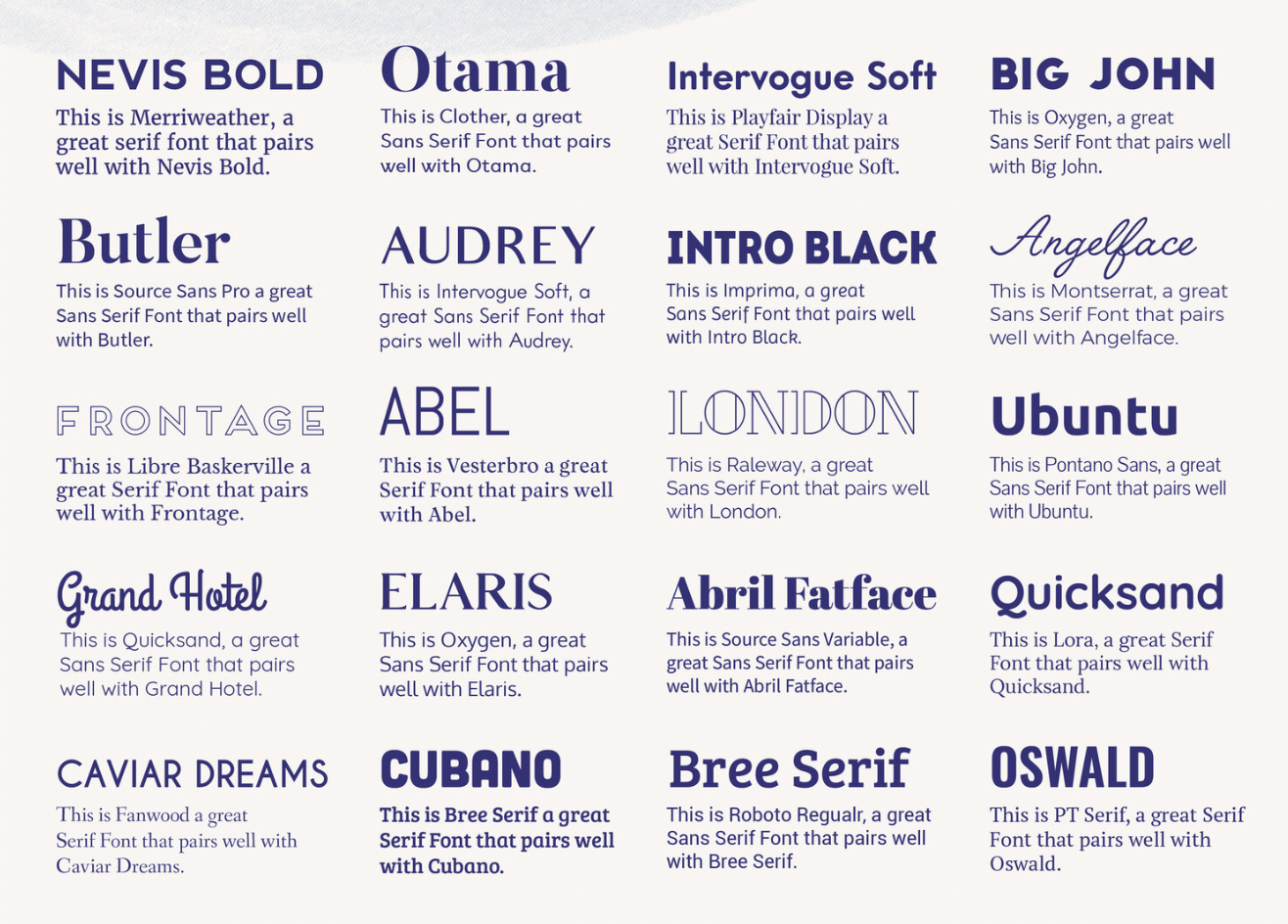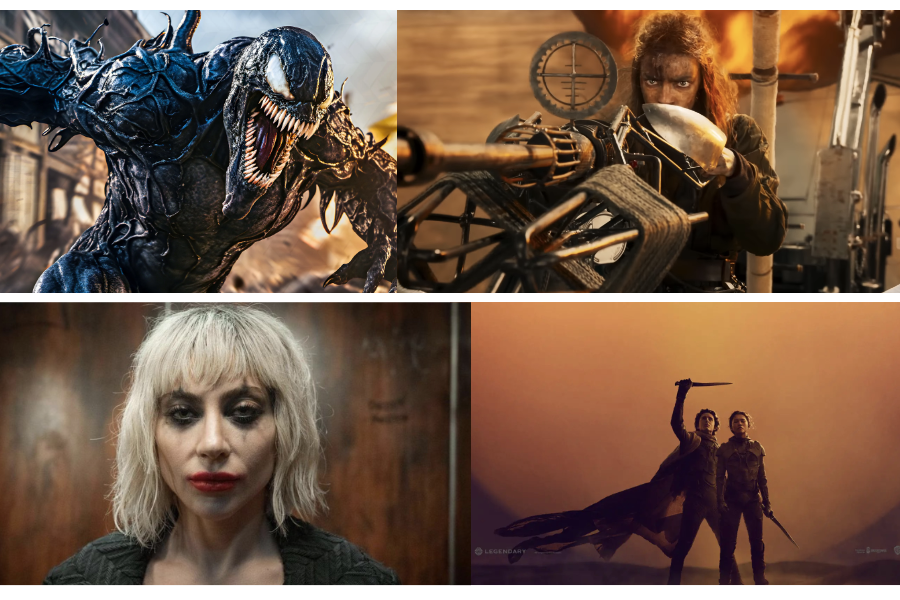Recreating Scenes From Oppenheimer
Christopher Nolan is known for his use of practical effects in his films, Oppenheimer is no different. In a world where CGI is now used as a scapegoat for easy rushed flashy effects in movies, Nolan’s teams take the time to conceptualize, test and create amazing imagery for real, in camera.
In my own way, I was inspired to see if it was possible to recreate these textures and effects at home on a shoe string budget. In this video I pick 3 shots from the trailer to recreate.
Who is Christopher Nolan?
Christopher Nolan is a renowned British-American filmmaker known for his exceptional storytelling and unique approach to filmmaking. Born on July 30, 1970, in London, England, Nolan has made a lasting impact on the world of cinema through his visionary directing and writing skills.
Photo Courtesy of Marca.com/Cillian Murphy on Left, Christopher Nolan on Right
Nolan's rise to prominence began with his breakthrough film, "Memento" (2000), which delves into the complexities of memory and identity. This psychological thriller catapulted him into the limelight, earning critical acclaim for its non-linear narrative structure and thought-provoking themes.
Continuing to push boundaries, Nolan directed the acclaimed superhero trilogy, "The Dark Knight Trilogy" (2005-2012). His dark and gritty reinterpretation of the Batman franchise, led by Christian Bale as the Caped Crusader, redefined the genre, combining thrilling action sequences with complex character development.
Photo Courtesy of The Playlist/Christopher Nolan directing The Dark Knight
Nolan's filmmaking style is characterized by his emphasis on practical effects, intricate plots, and mind-bending concepts. He is known for incorporating nonlinear narrative structures, meticulous attention to detail, and exploring philosophical themes in his works.
Perhaps one of his most iconic films, "Inception" (2010), showcases Nolan's ability to craft mesmerizing and intellectually stimulating stories. This science fiction heist film, featuring an all-star cast that includes Leonardo DiCaprio, explores the depths of dreams, reality, and the human mind with stunning visuals and intricate storytelling.
Nolan has received numerous accolades throughout his career, including Academy Award nominations for Best Director and Best Original Screenplay. His filmography also includes critically acclaimed works such as "Interstellar" (2014), "Dunkirk" (2017), and "Tenet" (2020).
What sets Christopher Nolan apart is his commitment to the art of cinema. He champions the use of film over digital, preserving the traditional medium and its aesthetic qualities. Nolan's dedication to immersive storytelling and technical mastery has earned him a dedicated fan base and the admiration of fellow filmmakers.
Photo Courtesy of Cinephilia & Beyond/Christopher Nolan directing Dunkirk
In addition to his filmmaking achievements, Nolan is also a vocal advocate for the preservation of cinema as an art form. He has been instrumental in supporting the use of film projection and the creation of high-quality theatrical experiences.
Christopher Nolan's impact on filmmaking is undeniable. His films have made a lasting impression on audiences worldwide, captivating them with intricate narratives, thought-provoking themes, and stunning visuals.
What is CGI?
CGI, short for Computer Generated Imagery, refers to the use of computer graphics techniques to generate or manipulate visual elements in films, videos, games, and other forms of media. It involves creating and animating images, objects, or entire scenes using specialized software and powerful computer systems.
Evolution and Applications
CGI has come a long way since its inception. Initially, it began as a tool for enhancing practical effects in movies. However, advancements in technology have enabled CGI to become a groundbreaking art form with almost limitless possibilities.
In films, CGI allows filmmakers to bring imaginative worlds, creatures, and larger-than-life spectacles to the screen. From creating realistic explosions and physics-defying stunts to crafting fantastical creatures and visually stunning landscapes, CGI has revolutionized the way films are made. It has eliminated many physical limitations and opened up unexplored creative avenues.
Beyond movies, CGI plays a crucial role in video games, television shows, advertising, architecture, virtual reality, and more. In gaming, CGI allows developers to create immersive environments, intricate character designs, and lifelike animations that enhance the gaming experience.
The Technical Process
Creating CGI involves a series of steps. It begins with a concept or an idea that is transformed into digital models, textures, and animations. Highly skilled artists, using specialized software such as Autodesk Maya, Blender, or Cinema 4D, meticulously design and craft these digital assets.
The process also involves various technical aspects such as rendering, lighting, and shading, which bring depth, realism, and visual richness to the final product. Powerful computers and rendering farms are utilized to process and generate highly complex and realistic images.
Challenges and Impact
While CGI has transformed the entertainment industry, it also presents challenges. Achieving realistic lighting, physics, and lifelike animations can still be demanding and time-consuming. Pushing the boundaries of CGI technology requires constant innovation and advancements in hardware and software.
CGI has significantly impacted storytelling and visual experiences in media. From creating awe-inspiring action sequences to transporting audiences to fantastical worlds, CGI has become an integral part of contemporary filmmaking. It has the ability to captivate, immerse, and evoke emotions, pushing the boundaries of what is visually possible.
Future Trends and Possibilities
Looking ahead, the future of CGI appears promising. Advancements in artificial intelligence, real-time rendering, and virtual reality are enabling more interactive and immersive experiences. We can expect continued improvements in rendering speeds, more realistic physics simulations, and more seamless integration of CGI with live-action footage.
As the technology continues to evolve, CGI is entering new frontiers. It can be used to bring historical events to life, visualize complex scientific concepts, or create entire virtual worlds for users to explore. The possibilities seem endless and hold tremendous potential for future applications in entertainment, education, and beyond.
The most mind-blowing fact that filmmaking-enthusiasts kept repeating through the summer since Oppenheimer came out was “there was no CGI!” Nolan seems to be outrunning machines on this one that are supposed to be outpacing humans in the creation of intricate visuals. What’s so spectacular is that while Nolan’s vision is ahead of his time he uses his purist techniques with practical effects to achieve mind-blowing results that his audience can barely believe is not computer generated.

















